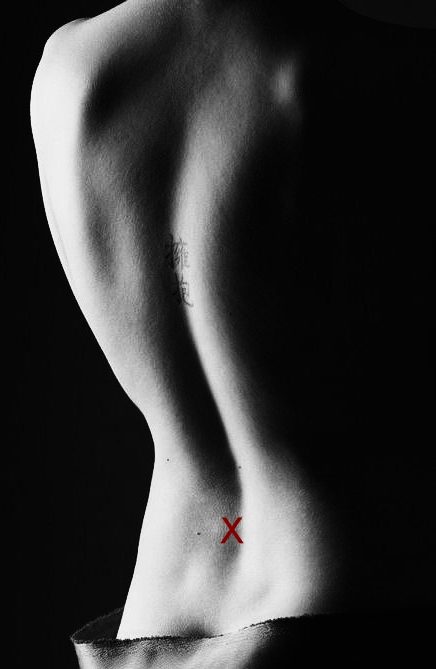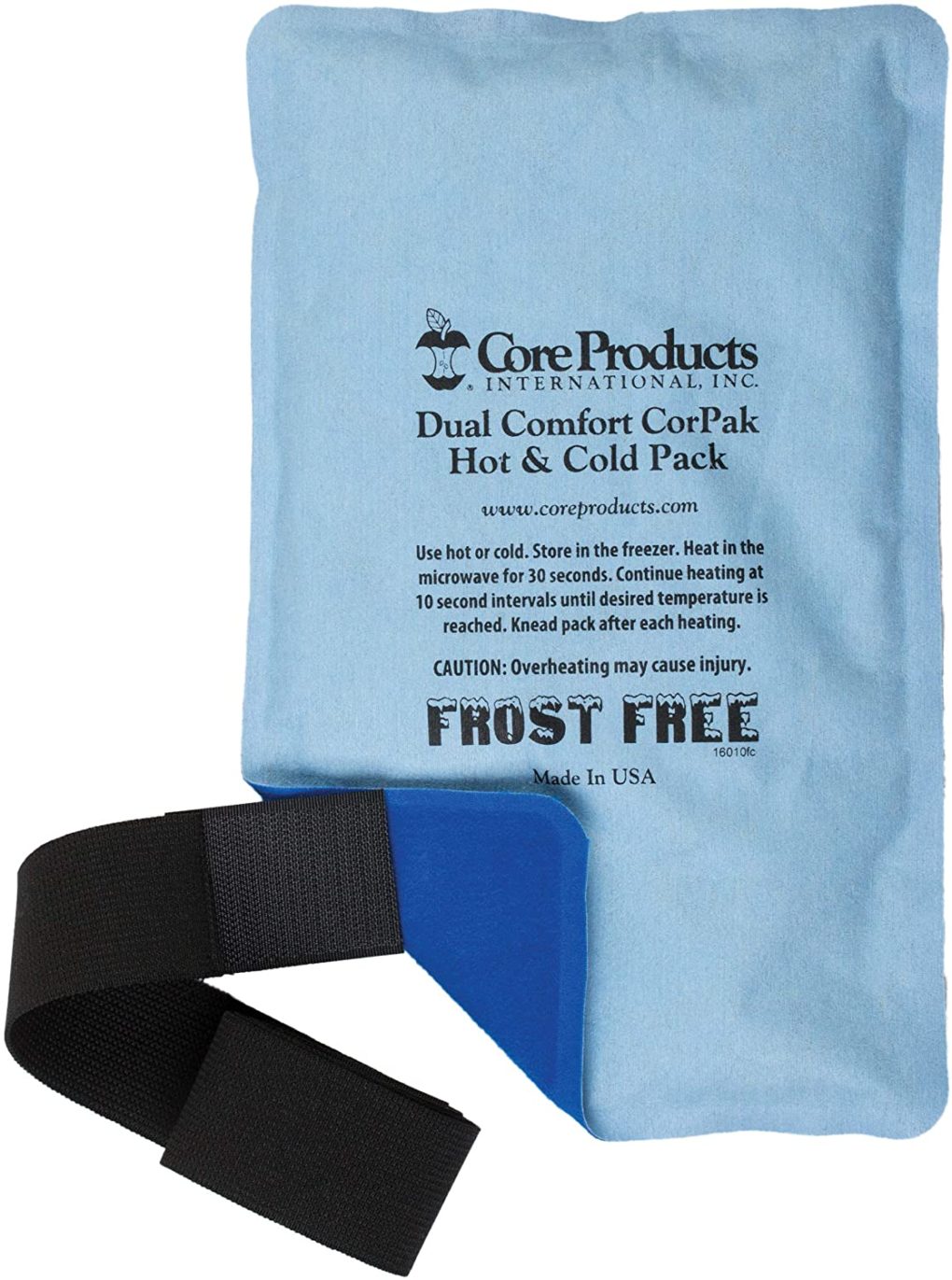Here, you will find self-care strategies that offer relief on your own from this stiff hip with a spot of pain in the groin or calf. You can also read more about how people describe this pain and the activities that typically create the problem in this post.
This problem heals more quickly and with less pain if you get professional care to balance your pelvis.
I strongly suggest a good bodyworker for this problem.
Activities To Avoid or Change:

Sit up Straight!
If you are someone that slouches on the couch or sits on one foot, avoid these positions to see if the hip improves. This condition can be very stiff and painful when sitting in a twisted position for long periods. Look at this post on seated posture.
Steady as You Go
Any movement that twists the trunk quickly usually aggravates this. It is particularly bothered by small, quick actions that shift the pelvis. These actions include simple things like walking on uneven ground, changing direction while working in the kitchen, or bending at a twist to carry a box.
As well, this is aggravated by activities that teeter such as; mowing grass, vacuuming, working at a low table, raking leaves, etc. It is less of the teetering alone but adding a little twist into the movement. Also, the side-to-side movement of cycling can really aggravate an imbalanced hip.
In the post that describes the pain pattern, Chandler slumps in the corner of the couch. Here, he is with a leg folded under him. Could he BE any better at creating this problem?
For Temporary Relief:

An ice pack will offer relief and
help this to heal more quickly.
Feel for the space between your ribs and hip bones in the back. Center the pack over the top of the hip bones. You can put it off-center a bit to the side with calf/groin/hip pain.
Give it Time
By the way, this is a ligament. That means that it doesn’t get a good blood supply and needs help to heal more quickly. Ice draws blood to these tissue with poor circulation. As well, it means that this is usually a slower healing process. Think of it as spraining your hip and taking it easy for 6 weeks, even if your feeling spry.
I like these 6×10 ice packs to focus the icing on the right area. A bigger pack feels good but spreads the blood over a larger area. Here is a post with guidelines on using an ice pack. They are available here on Amazon.
Relief on the Go
These topical patches offer relief for the stiff hip and relieve the calf and groin pain from the trigger point referral. Put them in the same spot as the ice pack. They’re available here on Amazon.
You’ll feel better, but be careful and don’t overdo it. You don’t want to aggravate the sprain.
These self-care activities, like over-the-counter drugs, are not intended to replace appropriate medical attention. If you have concerns about these self-care activities, get help from a professional. Use these suggestions and strategies with discretion and at your own risk. See your doctor when your pain is severe, persistent, or not responding to these simple suggestions.
Stretches and Exercises for Longer-Lasting Relief:
Mobilize the hip by alternating gentle bridges and lunges. Do five sets of Lunges with bridges in between. You’ll find that the lunges get a lot more stable in the 4th and 5th sets. Do this daily, trying to extend the length of your lunges each day. It usually improves daily and becomes notably easier and more stable at about 18 days.
In the first 4 weeks of this injury, the lunges may create sharp pain. If they do, this indicates a more severe sprain. In that case, avoid the lunges.
Be gentle
Combine the supine twist with bridges.
- Do five sets of bridges with a set of twists in between.
- Do the supine twist on both sides, but adjust the lower foot position to be closer to your hips. The foot position will target the structures closer to the pain. There are instructions about that in this post.
I’d love your feedback on how this works for you and any suggestions you might have.
Email me at integrativeworks@gmail.com.
Yoga Corner

This yoga pose is great for returning the curve to the low back while balancing the hip flexors’ tension and flattening the abdomen.
To make it even better, use the method in Active Isolated Stretching. Do slow repetitions that you take to the point of slight tension and hold for 1.5 seconds. Pull your belly button in as you lift your hips. Then, drop your hips back to the mat before you do it again. Do ten reps.
If you don’t know AIS, here is a post with a brief set of guidelines.
This often needs professional attention. See your bodyworker for lasting relief.
Support Integrative Works to
stay independent
and produce great content.
You can subscribe to our community on Patreon. You will get links to free content and access to exclusive content not seen on this site. In addition, we will be posting anatomy illustrations, treatment notes, and sections from our manuals not found on this site. Thank you so much for being so supportive.
Cranio Cradle Cup
This mug has classic, colorful illustrations of the craniosacral system and vault hold #3. It makes a great gift and conversation piece.
Tony Preston has a practice in Atlanta, Georgia, where he sees clients. He has written materials and instructed classes since the mid-90s. This includes anatomy, trigger points, cranial, and neuromuscular.
Question? Comment? Typo?
integrativeworks@gmail.com
Interested in a session with Tony?
Call 404-226-1363
Follow us on Instagram

*This site is undergoing significant changes. We are reformatting and expanding the posts to make them easier to read. The result will also be more accessible and include more patterns with better self-care. Meanwhile, there may be formatting, content presentation, and readability inconsistencies. Until we get older posts updated, please excuse our mess.






